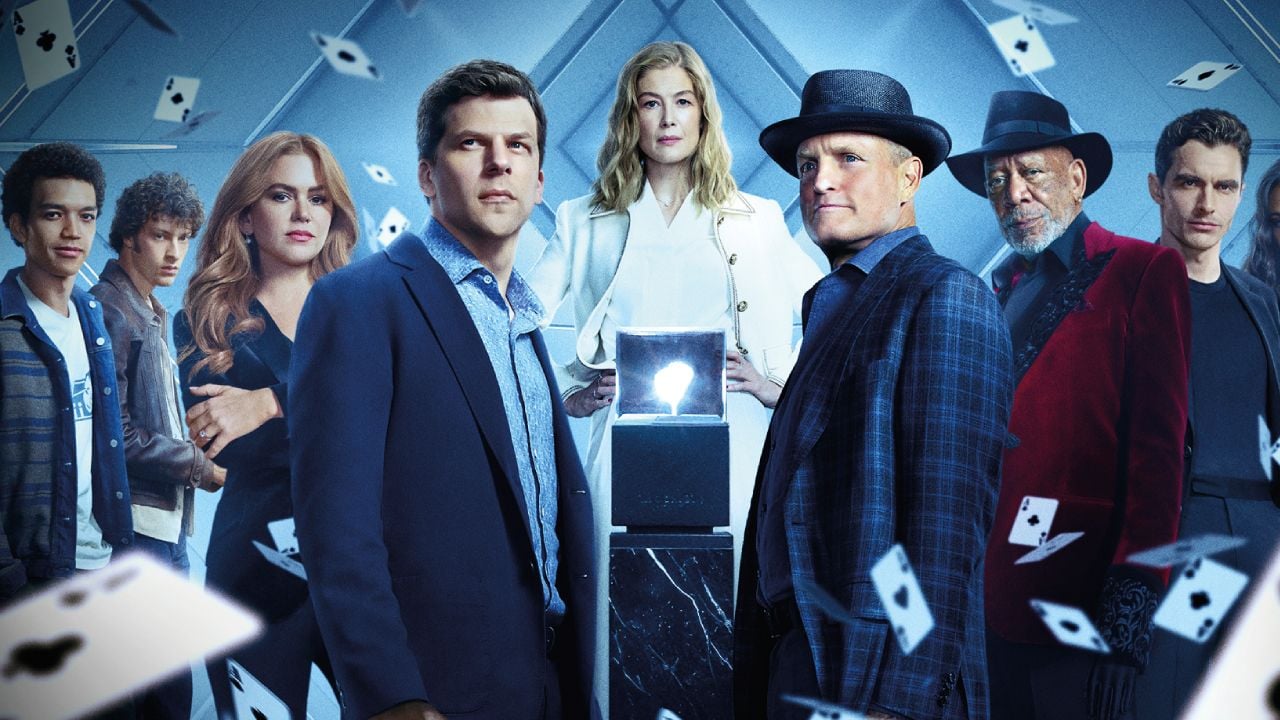If you’ve ever watched animated films where the movements and action looked realistic, the animators probably used the rotoscoping technique.
For those who don’t know, rotoscoping is a technique used to create smooth, realistic movement in films and animations. In these films, scenes shot with real actors are drawn and painted.
The results of this technique are surprising. If you want to know more, below we list five films that use rotoscoping. Watch!
Rotoscoping: 5 films that use the technique
Written and directed by Richard Linklater, “Waking Life” is an animated film in which digital rotoscoping was used on real footage. The rotoscoping technique in this film creates a surreal and dreamlike effect, in line with its thematic proposal.
The plot follows a young man who wanders through a succession of dream realities. He has philosophical encounters and deep existential conversations as he tries to discern whether he is dreaming or awake.

Another Richard Linklater film that uses rotoscoping is “The Double Man”. The film is an animated sci-fi thriller based on the novel of the same name by Philip K. Dick.
The cast includes Keanu Reeves, Robert Downey Jr., Woody Harrelson and Winona Ryder. The film was shot digitally and later animated using interpolated rotoscoping. The technique creates a psychedelic and paranoid effect in the film.
The plot takes place in a dystopian future, where the United States is losing the war on drugs. An undercover cop (Reeves) infiltrates the drug world. He uses technology that masks his appearance, making it impossible to identify his true identity.

The animated “With Love, Van Gogh” stands out as the first fully hand-painted feature film.
The film used the technique of rotoscoping, in which scenes shot with real actors were projected onto screens. They were then painted in oils, emulating Van Gogh’s style.
Mixing biopic and mystery, the plot explores the circumstances surrounding Van Gogh’s death.

Before Peter Jackson’s films, JRR Tolkien’s novel received an animated adaptation. And this animation used the rotoscoping technique extensively.
Directed by Ralph Bakshi, the film follows the hobbit Frodo and his companions in the Fellowship of the Ring, who decide to destroy a magical ring created by the villain Sauron.
Heavy Metal (1981)

The cult animation “Heavy Metal” also used rotoscoping, although not completely. However, animators have used the technique at different times.
Based on the magazine of the same name, the film is an anthology of interconnected stories, each based on a different story from Heavy Metal magazine. The work combines adult animation, heavy metal music, and fantasy and science fiction themes.
The next 5 “different” films using rotoscoping appeared first on Olhar Digital.
Source: Olhar Digital
Rose James is a Gossipify movie and series reviewer known for her in-depth analysis and unique perspective on the latest releases. With a background in film studies, she provides engaging and informative reviews, and keeps readers up to date with industry trends and emerging talents.








